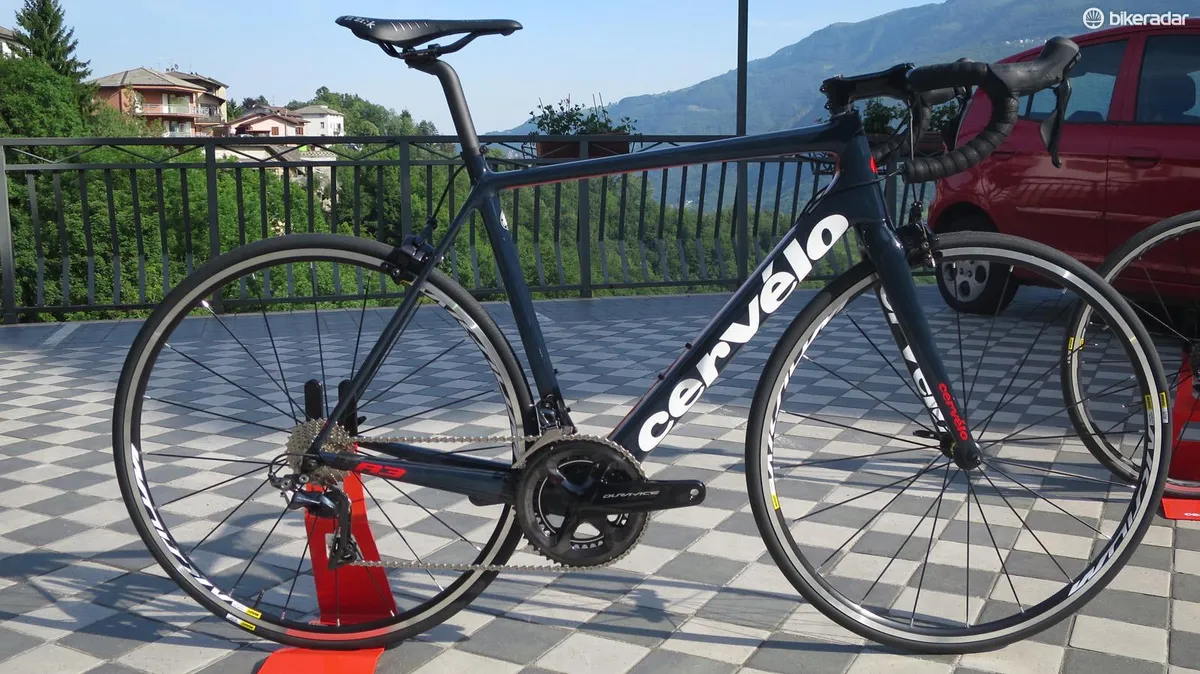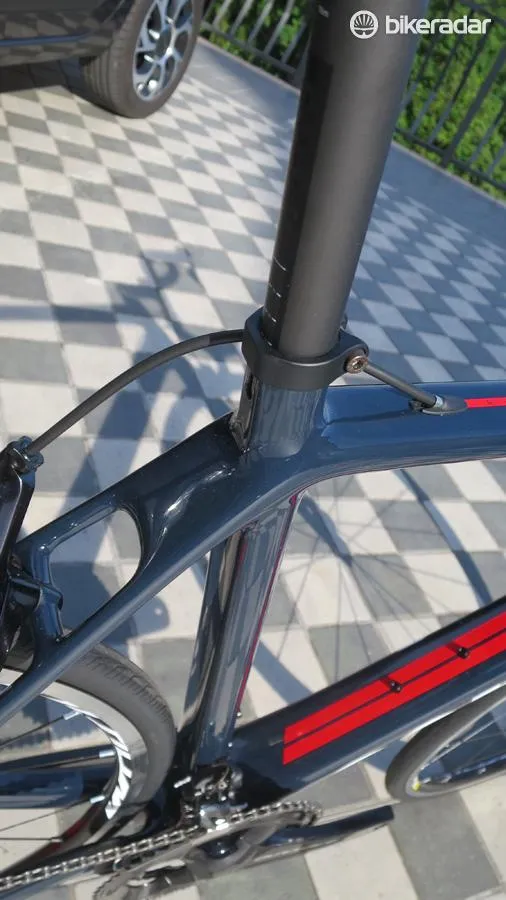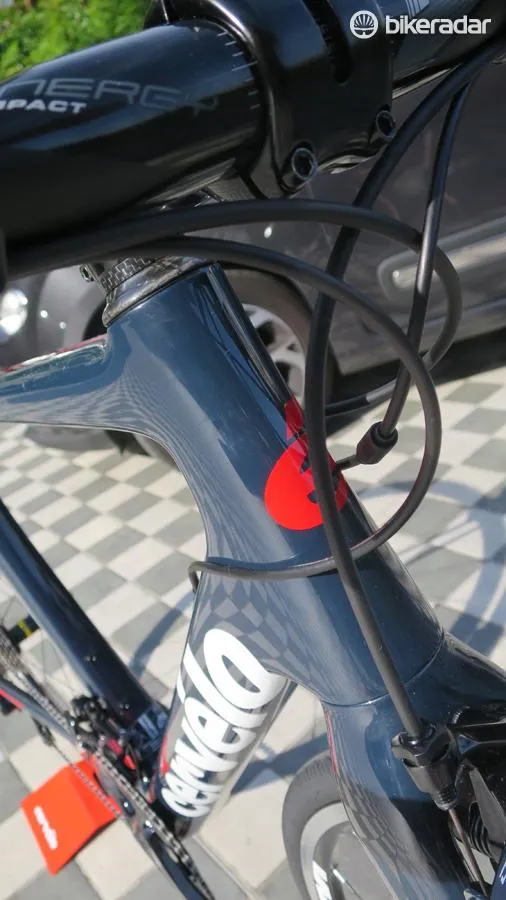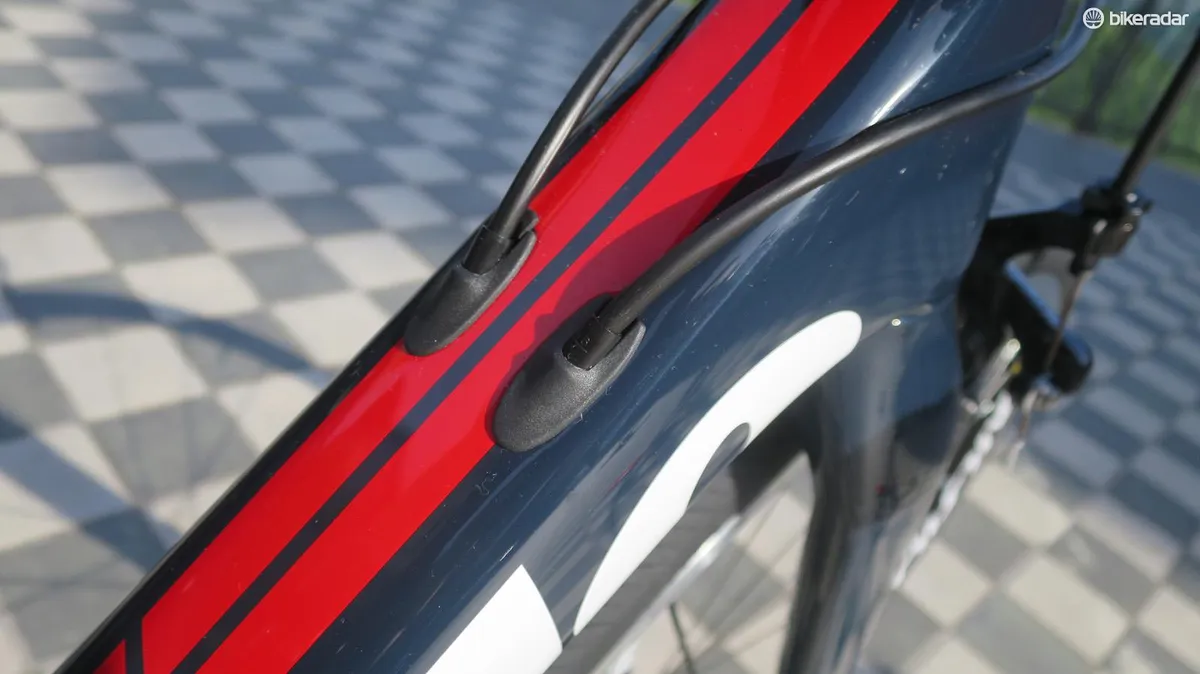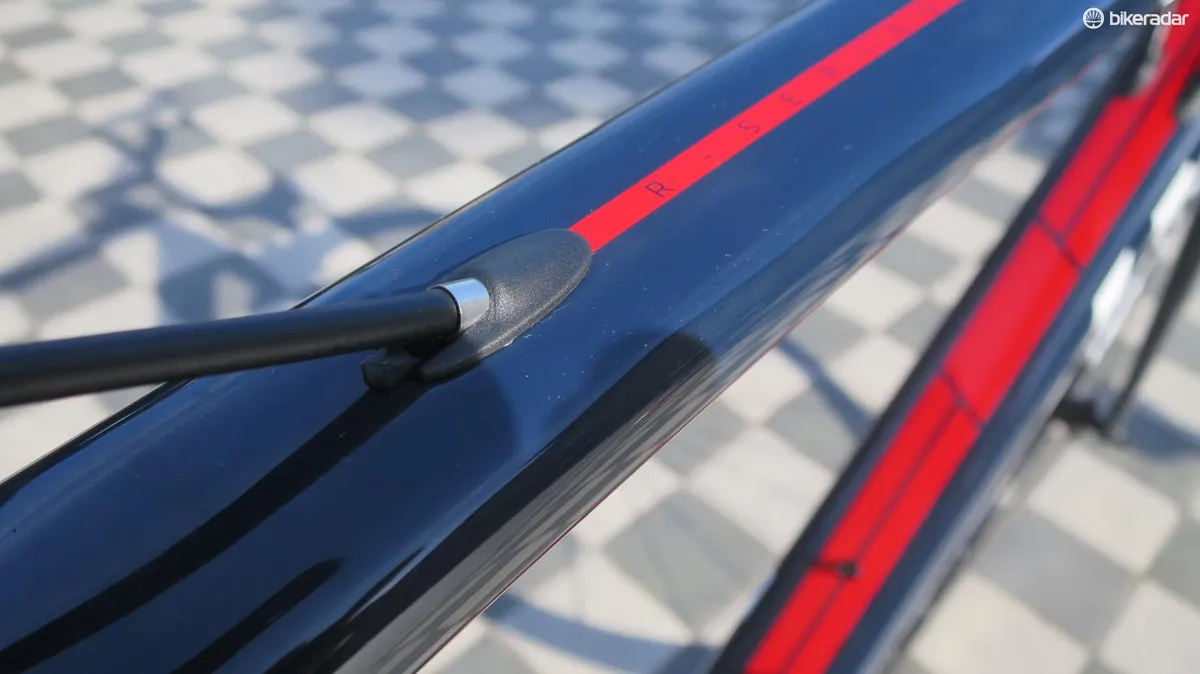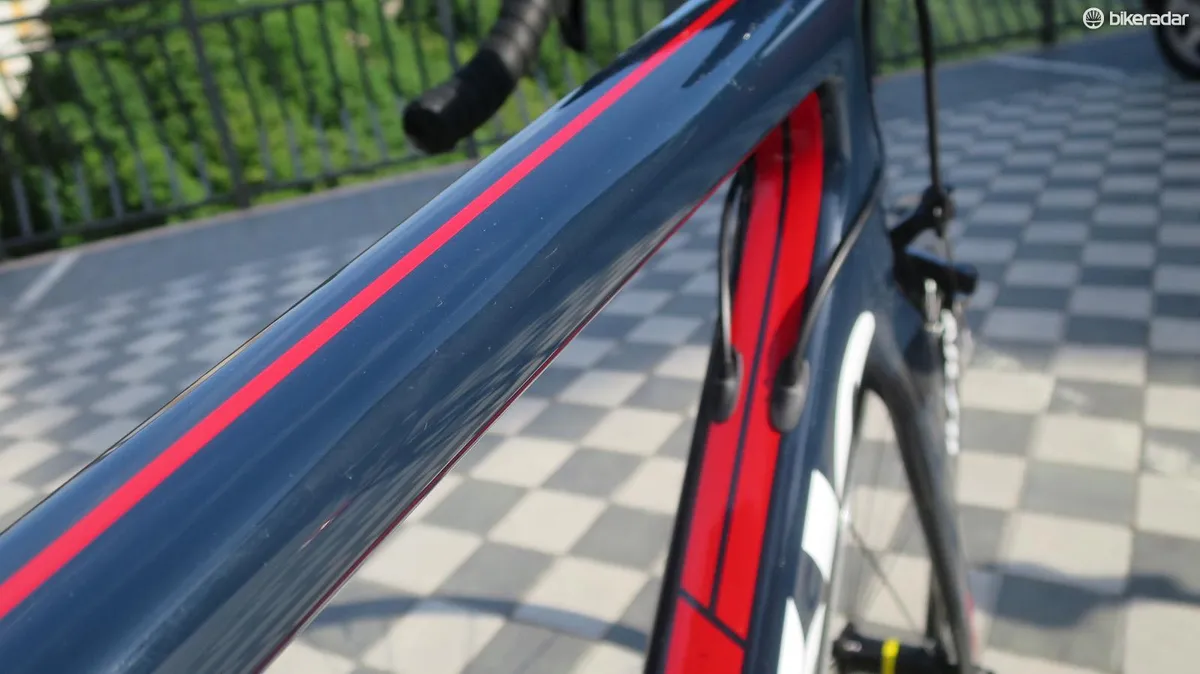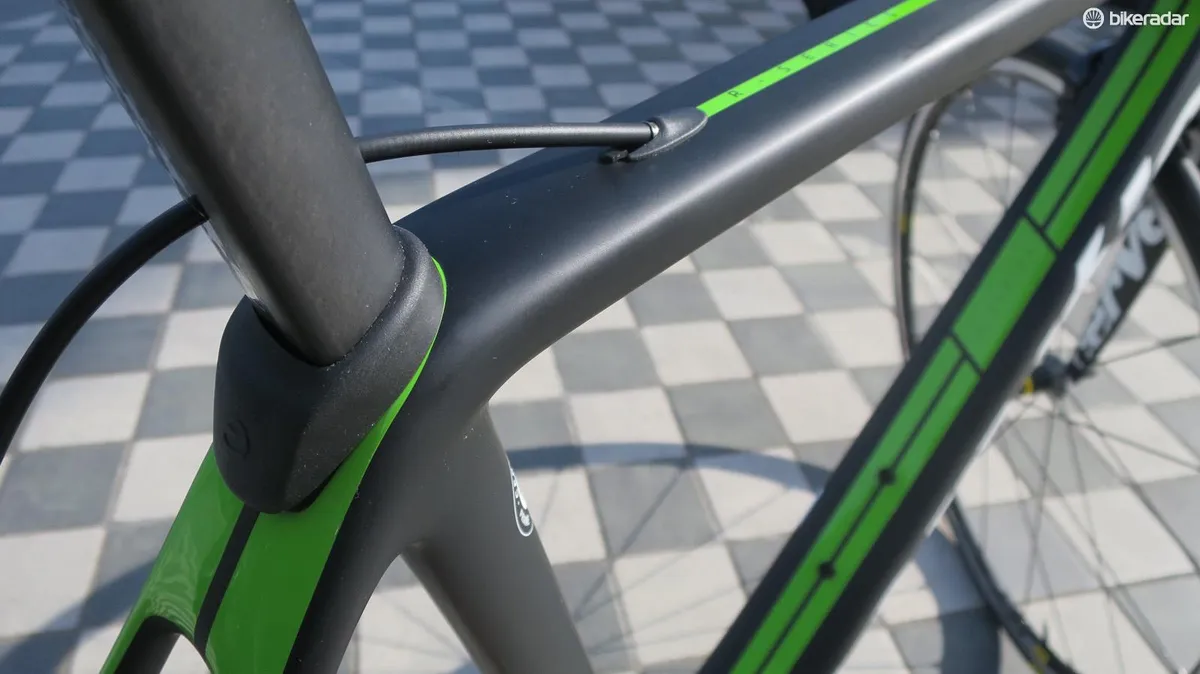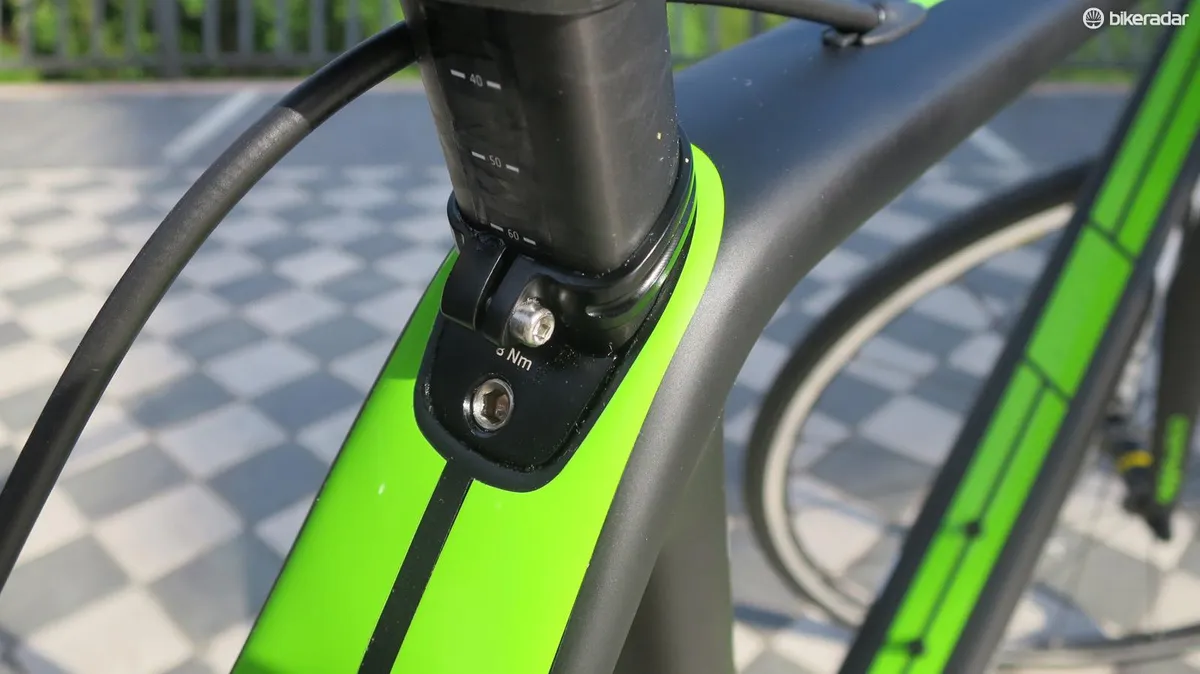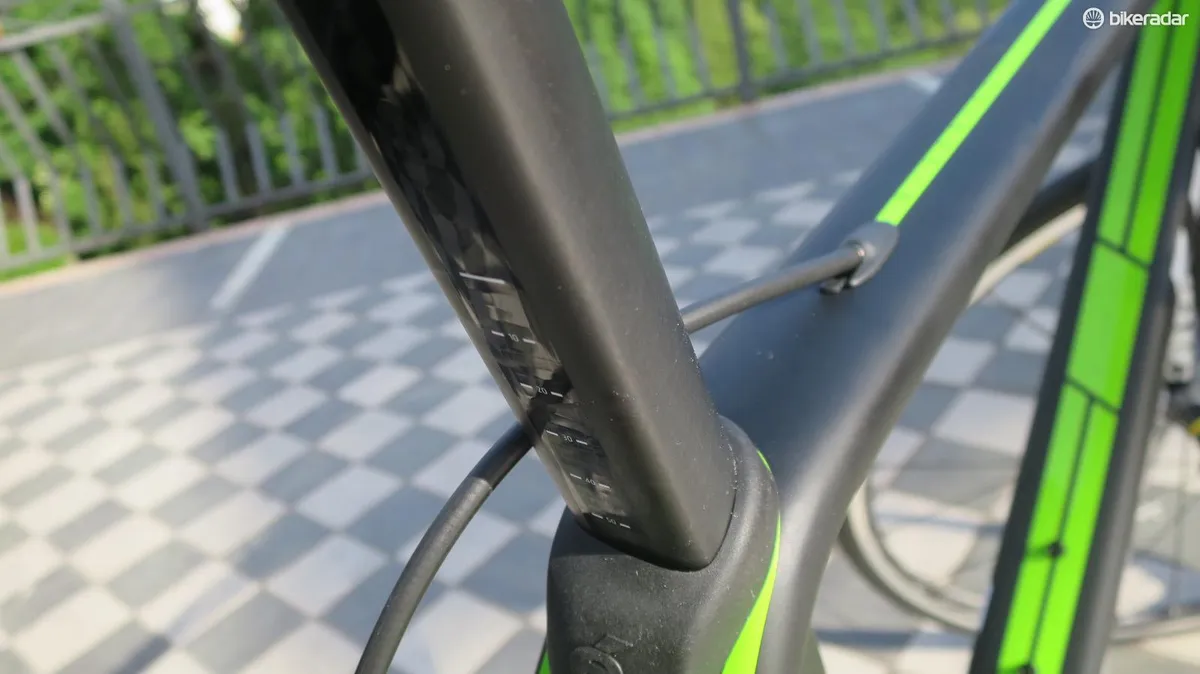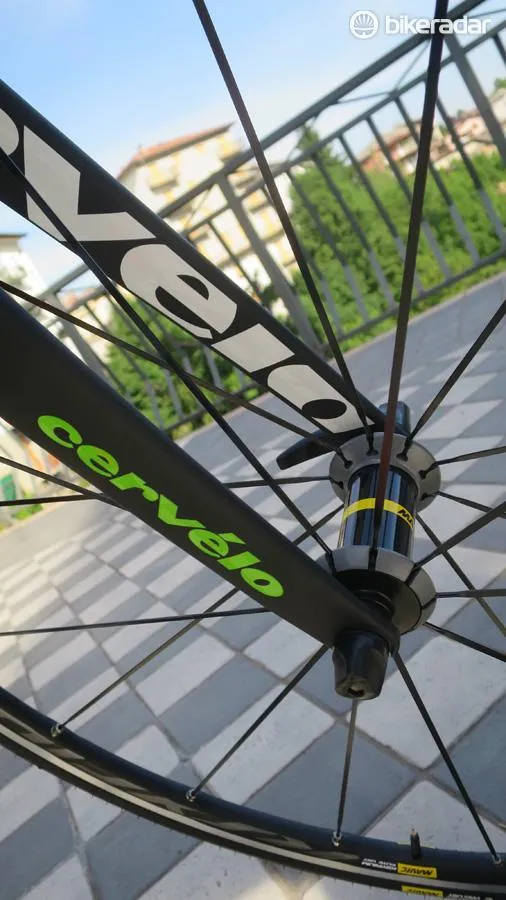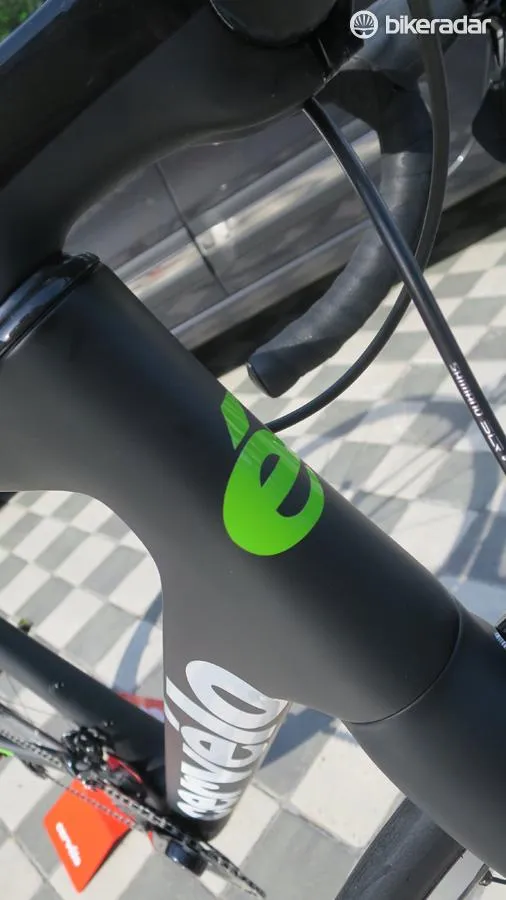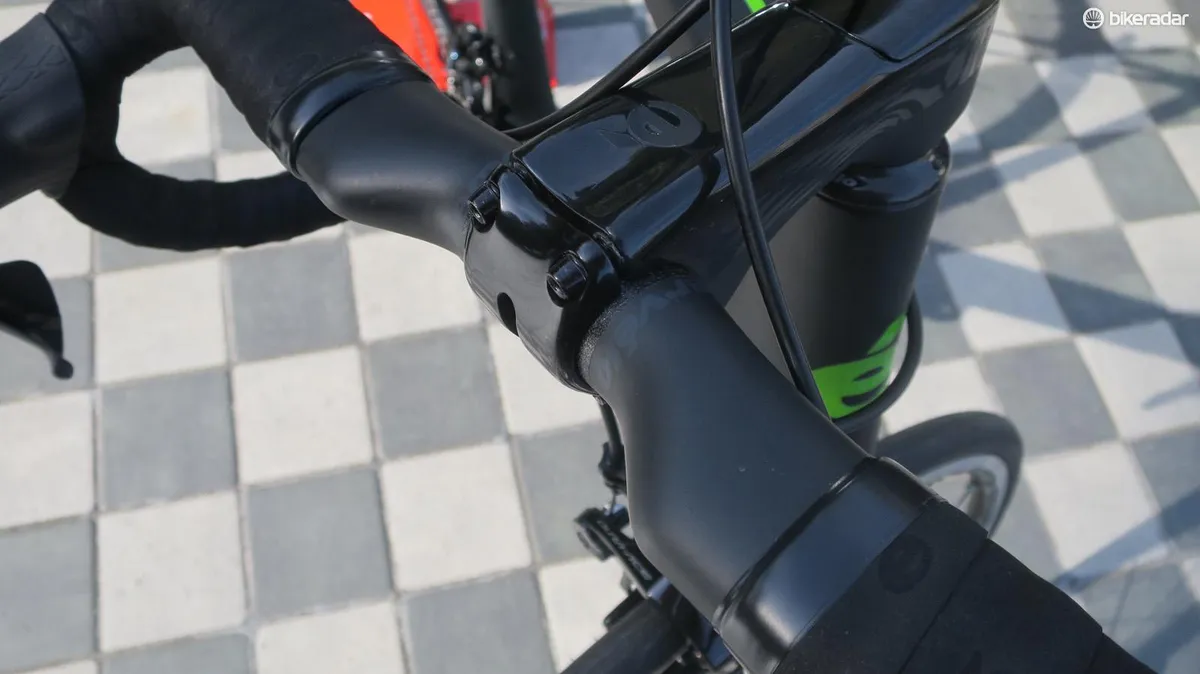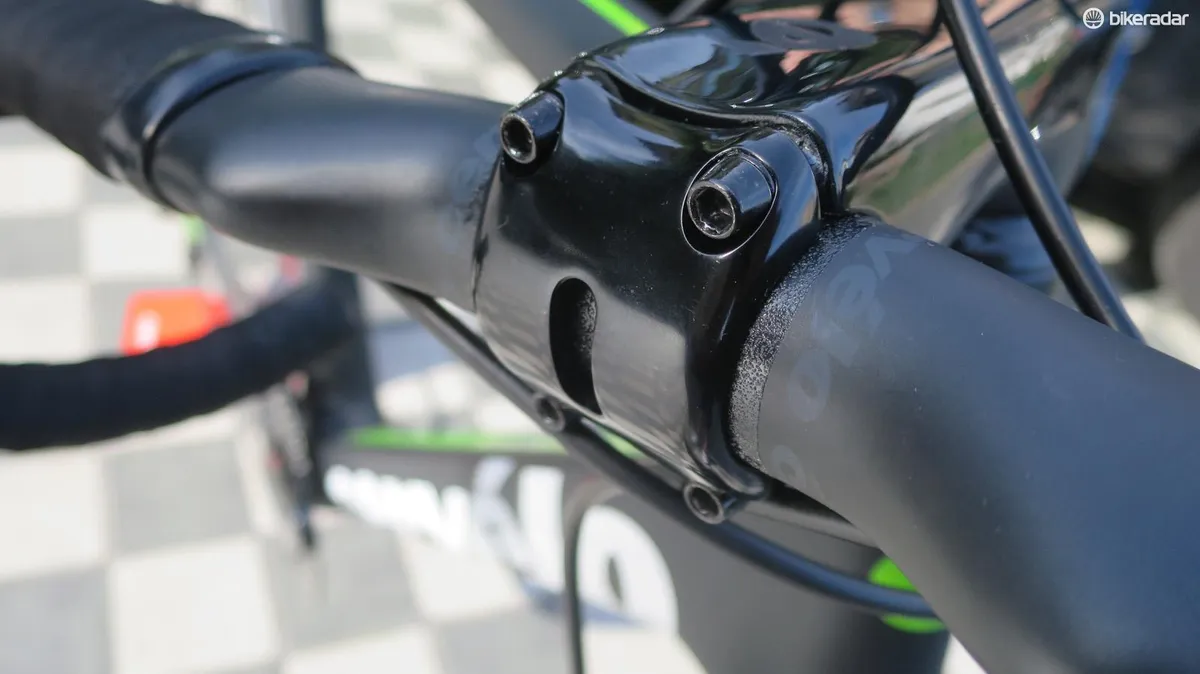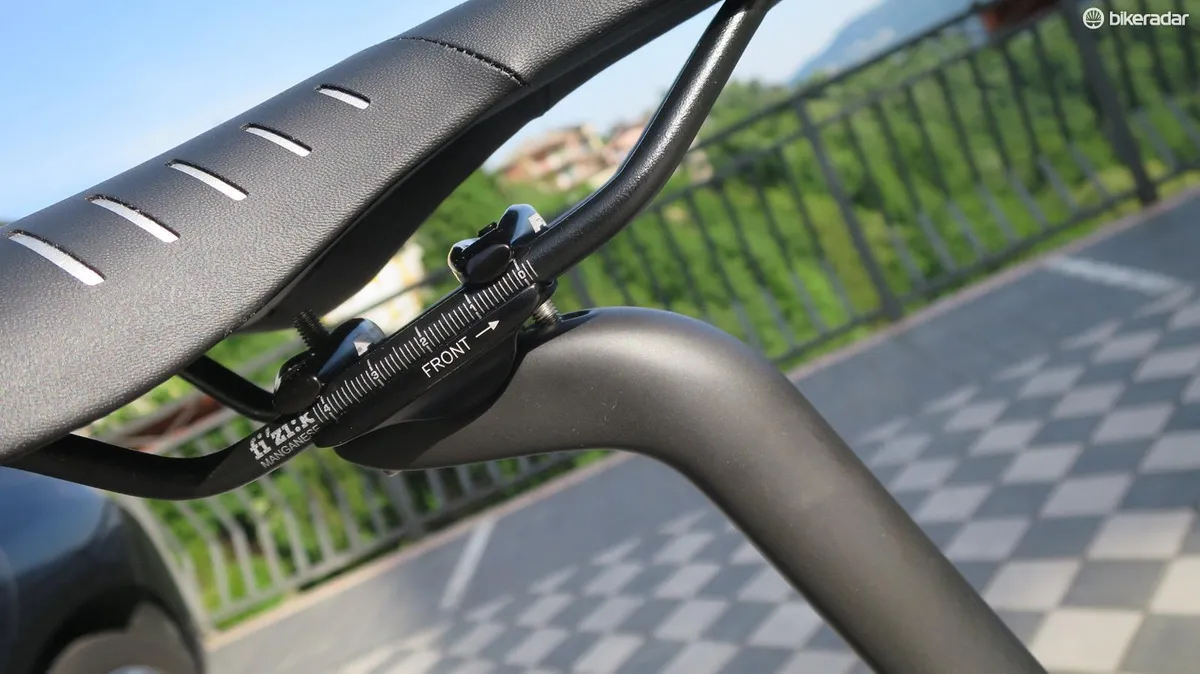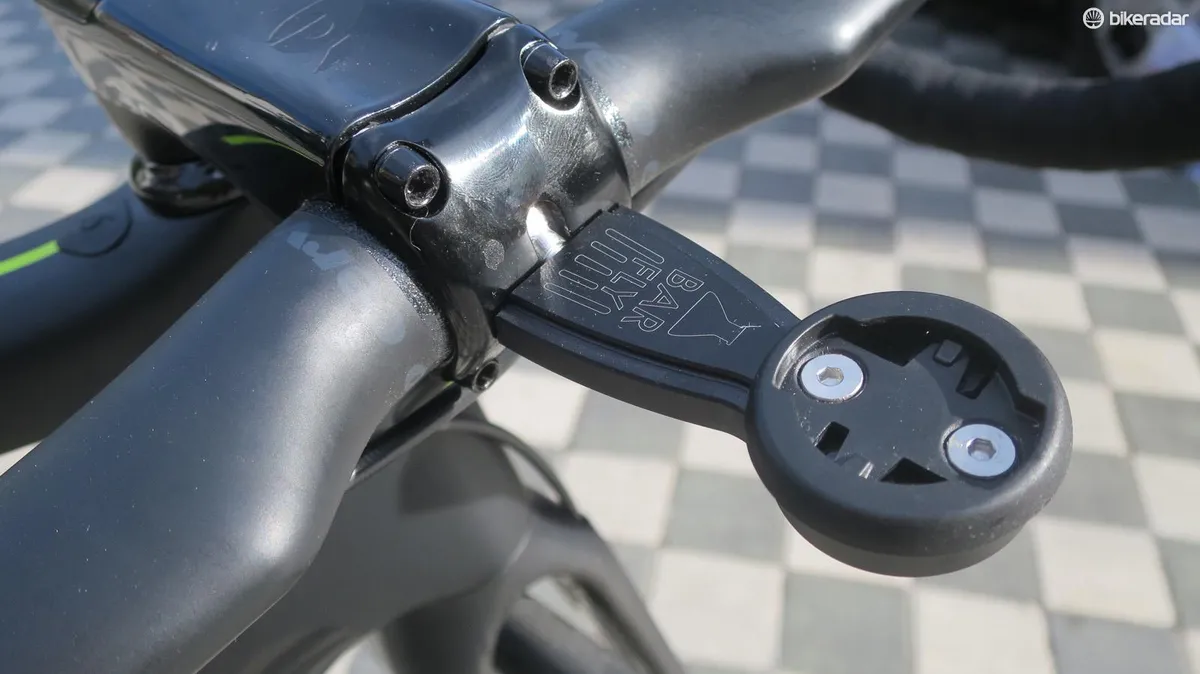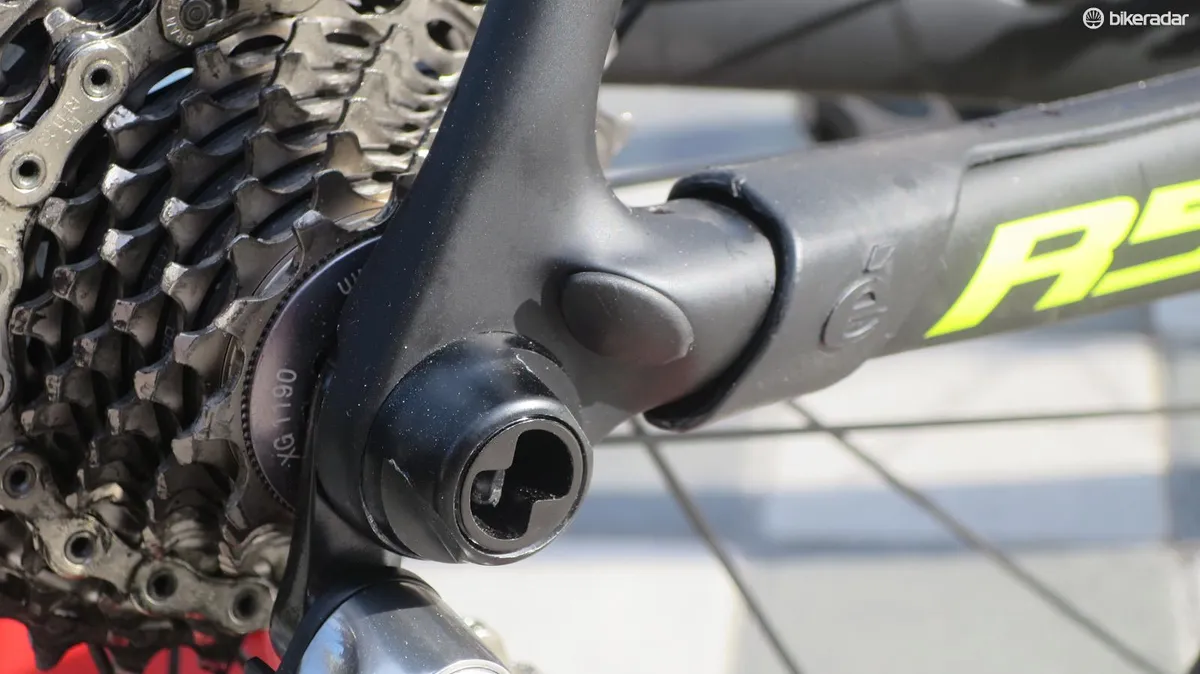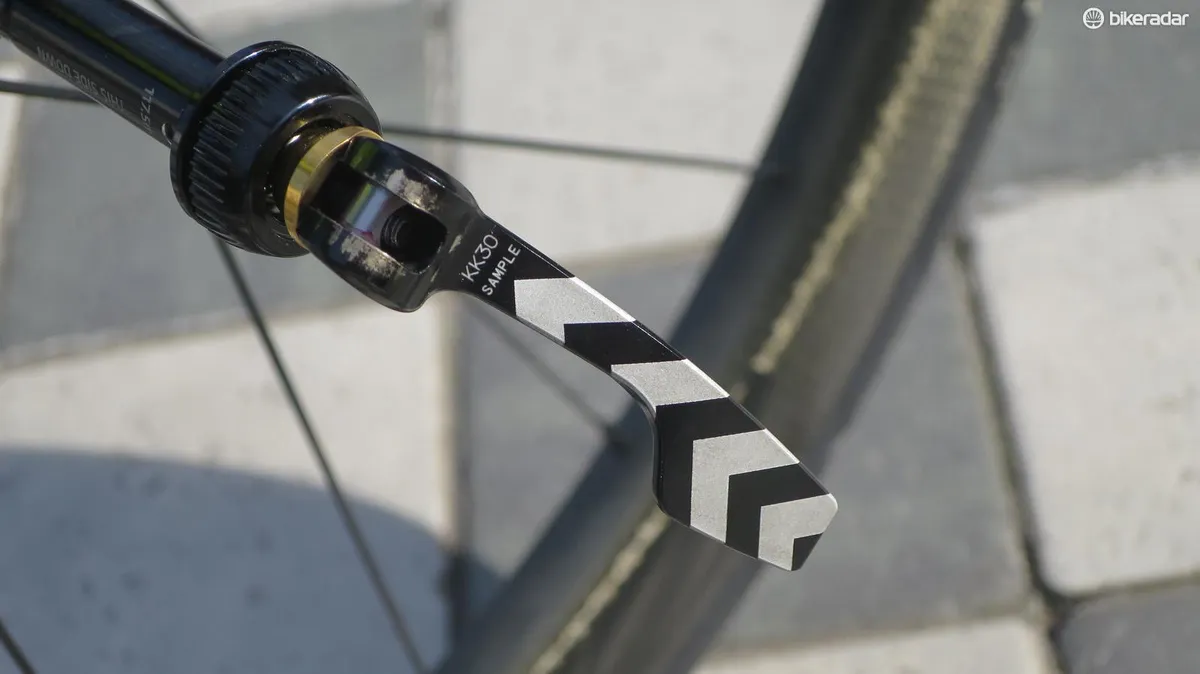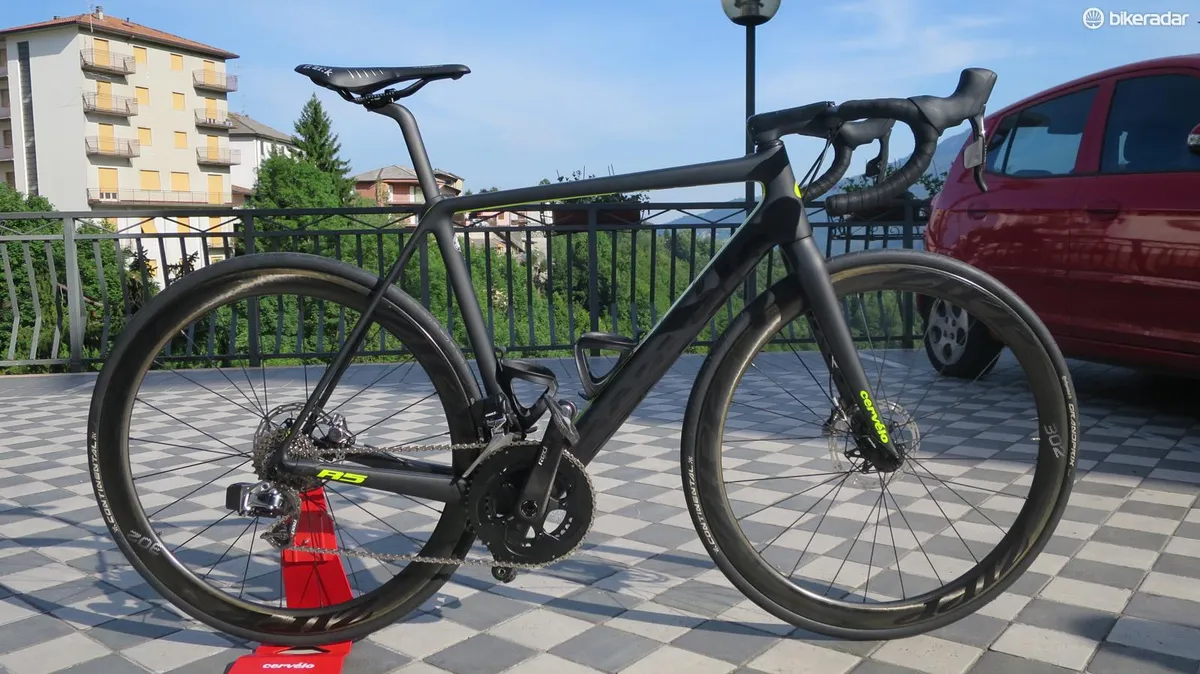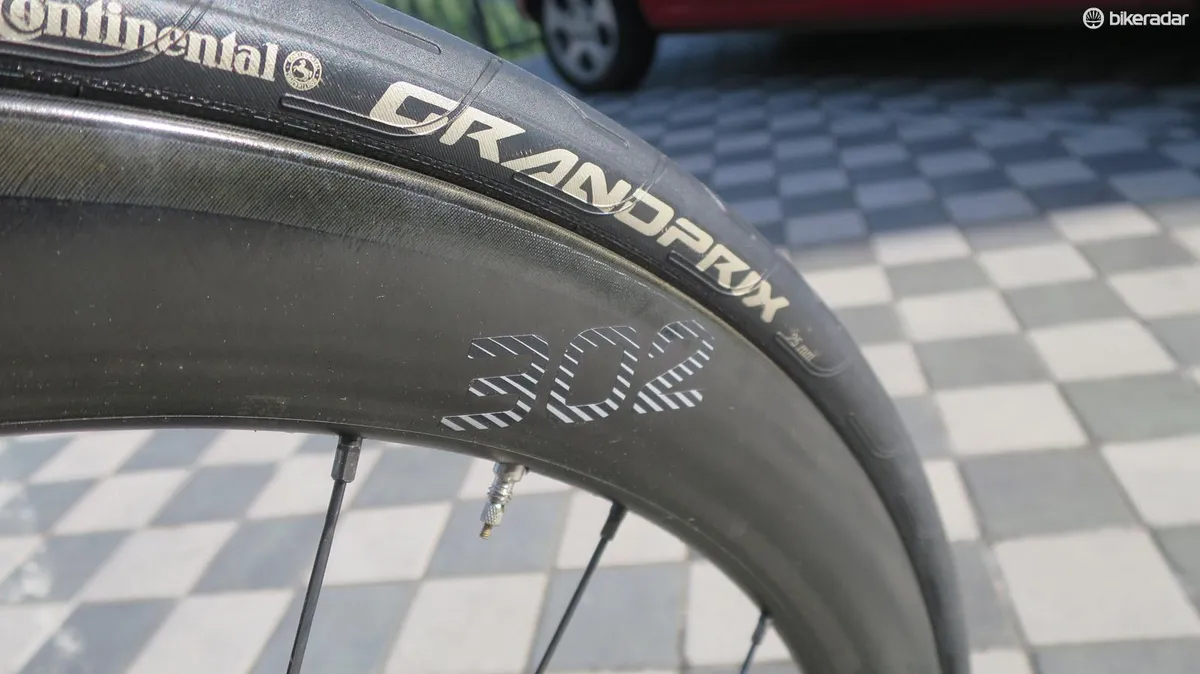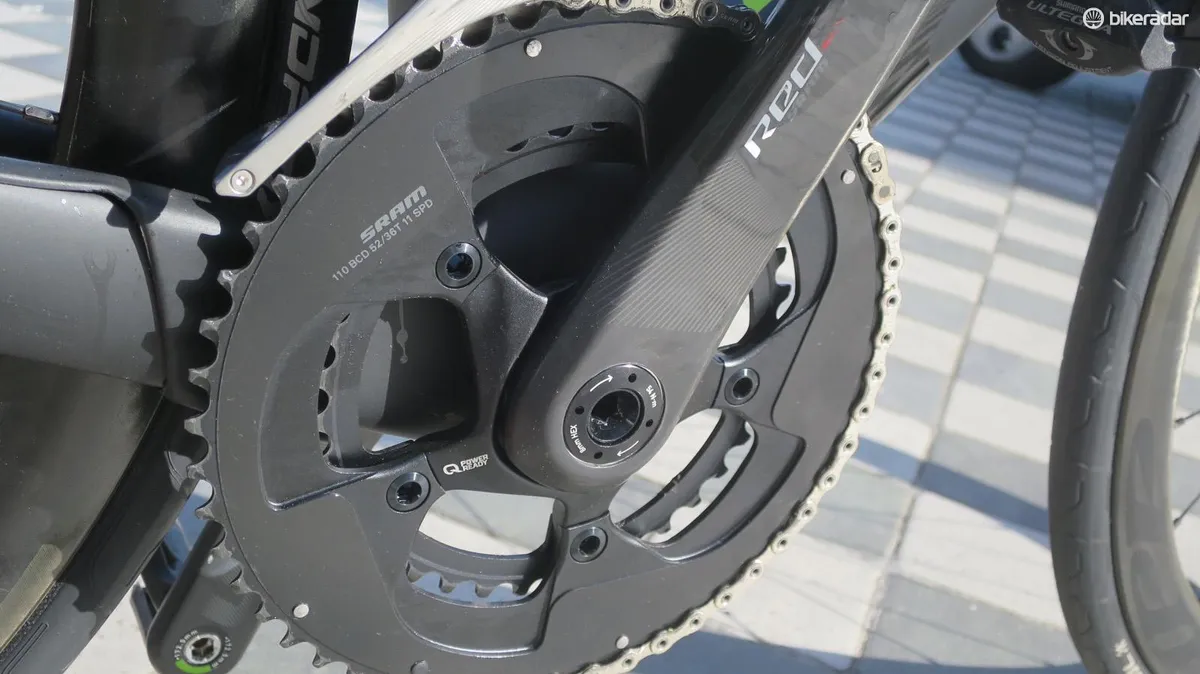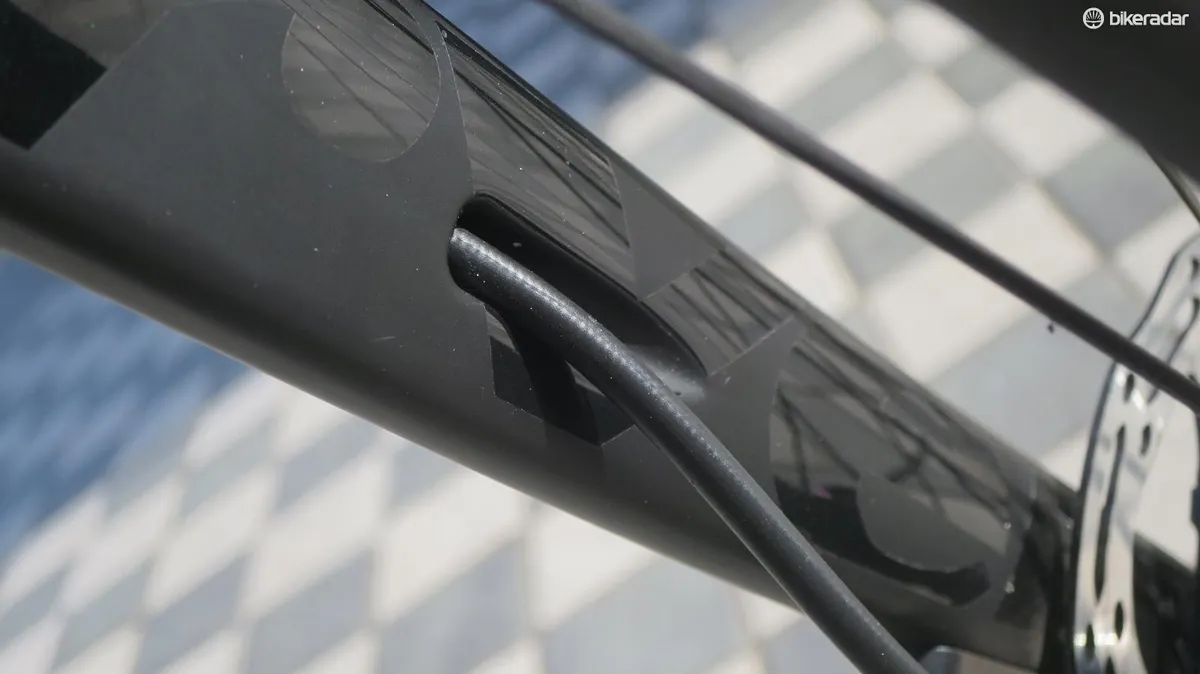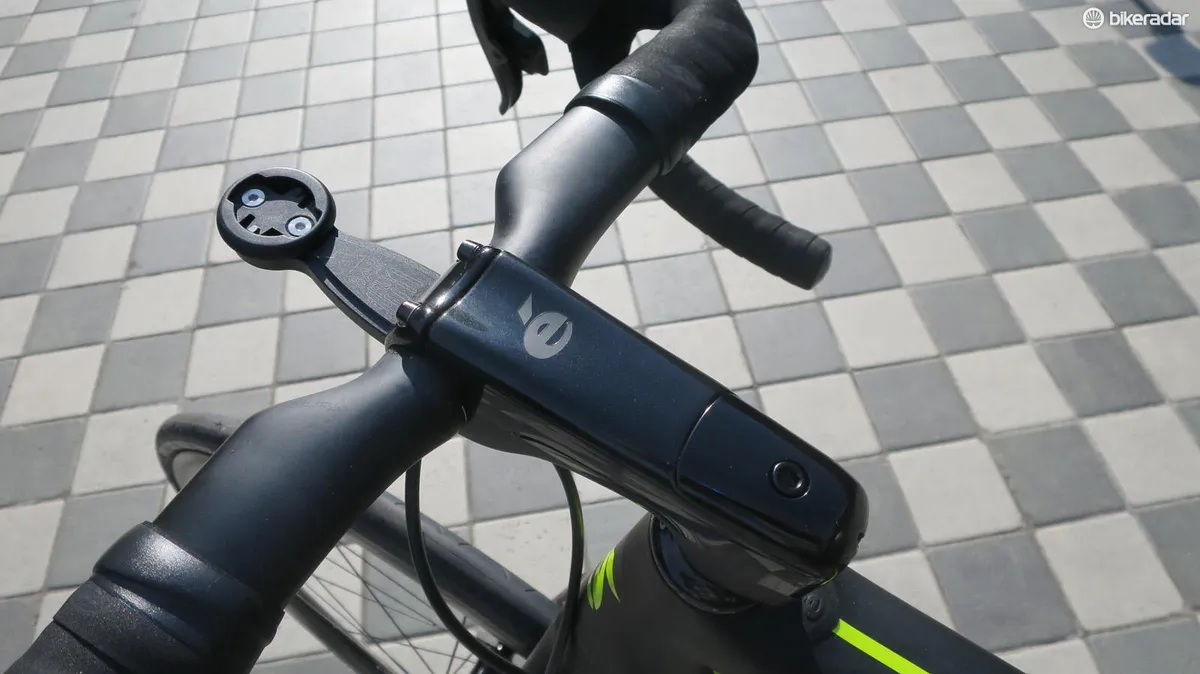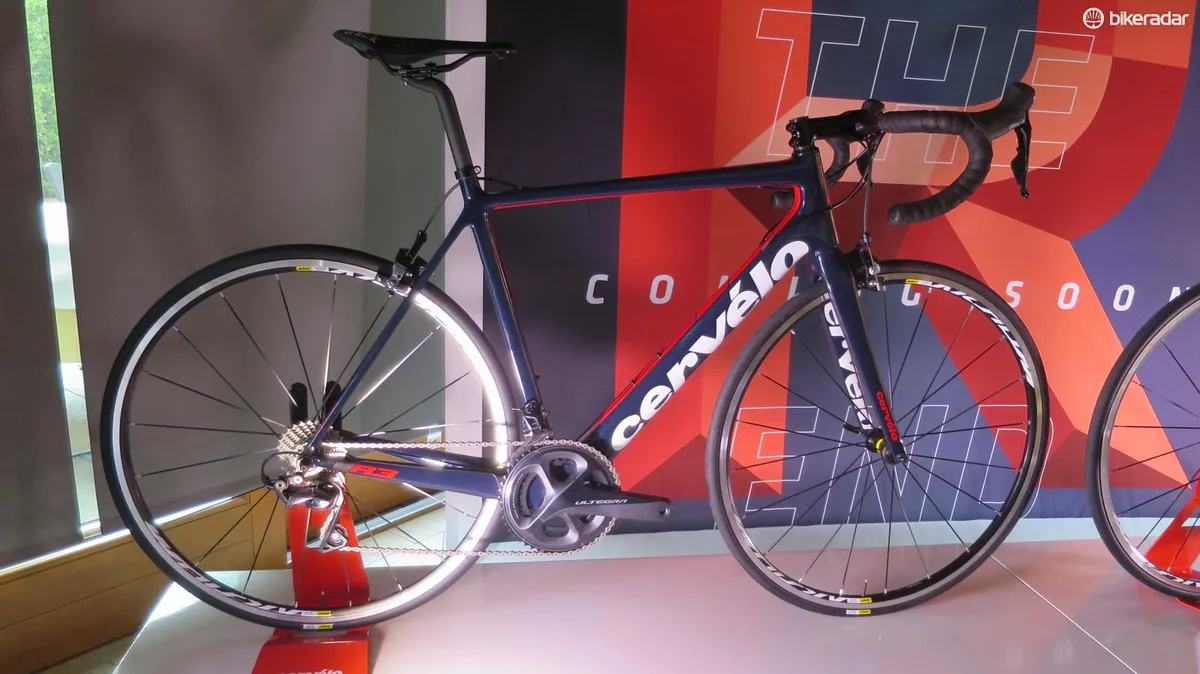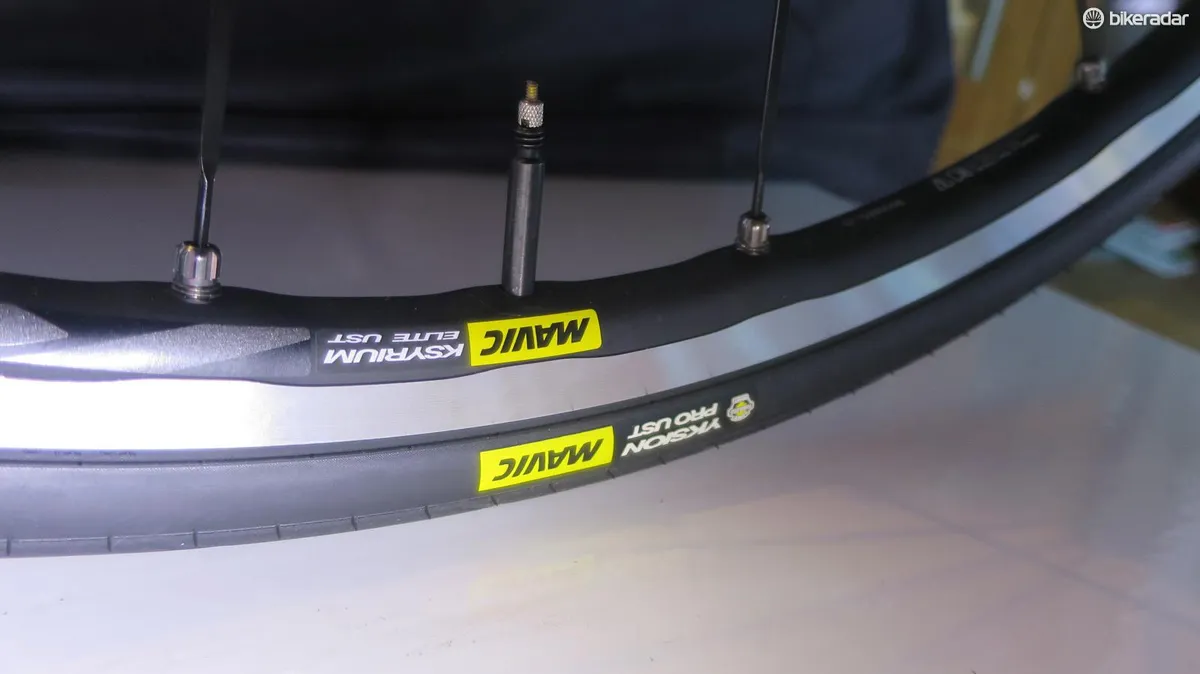With the all-new Cervélo R5 making its full-production debut in this year's Giro D’Italia, and to great success with Dimension Data’s Omar Failin taking victory on stage 11, you might think that’s enough for one year. Cervélo, however, has other plans, and the R5 is just the start.
The R’s history stems back to 2003, with the R2.5 winning stages with Carlos Sanchez and Tyler Hamilton. 2005 saw the debut of the R3, and Cancellara won Roubaix on that bike in 2006.
Product director Phil Steadman describes the reworking: "We’ve approached this one a little differently. In the past we’ve had numbers and parameters we want to achieve, it's been about light, stiff... light, stiff and aero, all the engineering by the numbers. But for this we started to think about how a bike makes you feel. That started with the C-Series, where we started talking about the journey, about what we wanted a bike to do, we thought more about handling, ride qualities, how it ignites emotions."
Compared to the other more aero focused bikes in the Cervélo stable the R series has always been its simpler more minimal cousin. Understated shapes, simple straight lines in the tubes, minimal and understated design. Phil tells us that: "This machine that looks so simple on the outside is actually one of our most complex ever when it comes to what’s going on inside."
The road hasn’t changed but the game has, Phil continues: "We now know more about tyres, tyre pressures, aerodynamics, brake platforms, broader tyres. People want and use different gear sizes now, disc brakes have come into the environment, people get fitted for bikes now, all of this is new and all of this has to be considered."
"The problem is that in [bike] engineering terms there’s no definition of the word comfort. So how do you make something comfortable for all riders in all conditions? Once you get to understand that then the bike becomes this weird mediator between the rider and the ground - that’s where tyres can have the best effect - but when you move up it becomes the touch points, and the physical becomes the psychological comfort, like 'does my back hurt because my fit's bad?', 'does my butt hurt? do my hands hurt?', all these things come into play, all have to be considered so that they can enjoy the ride. You also have to allow for changes that riders will want to make, be that tyre size, wheels, or whatever they want to change for themselves."
Making changes
On the old R-Series the physical tyre clearance was 33.5mm (i.e. 4mm clearance per side, meeting ISO standards) for a 25mm tyre. On the new R series, that’s increased to 38mm, giving plenty of clearance for a 28mm tyre. Cervélo says there's plenty of clearance with wide HED Ardennes Plus rims fitted with Continental Grand Prix 28mm tyres.
The geometry has been revised, looking at both fit and handling. Fit is obviously concerned with stack and reach, but handling is just as reliant on geometry (like wheelbase and steering angles). This is another way Cervélo can put distinction between the S-Series, R-Series, and C-Series.
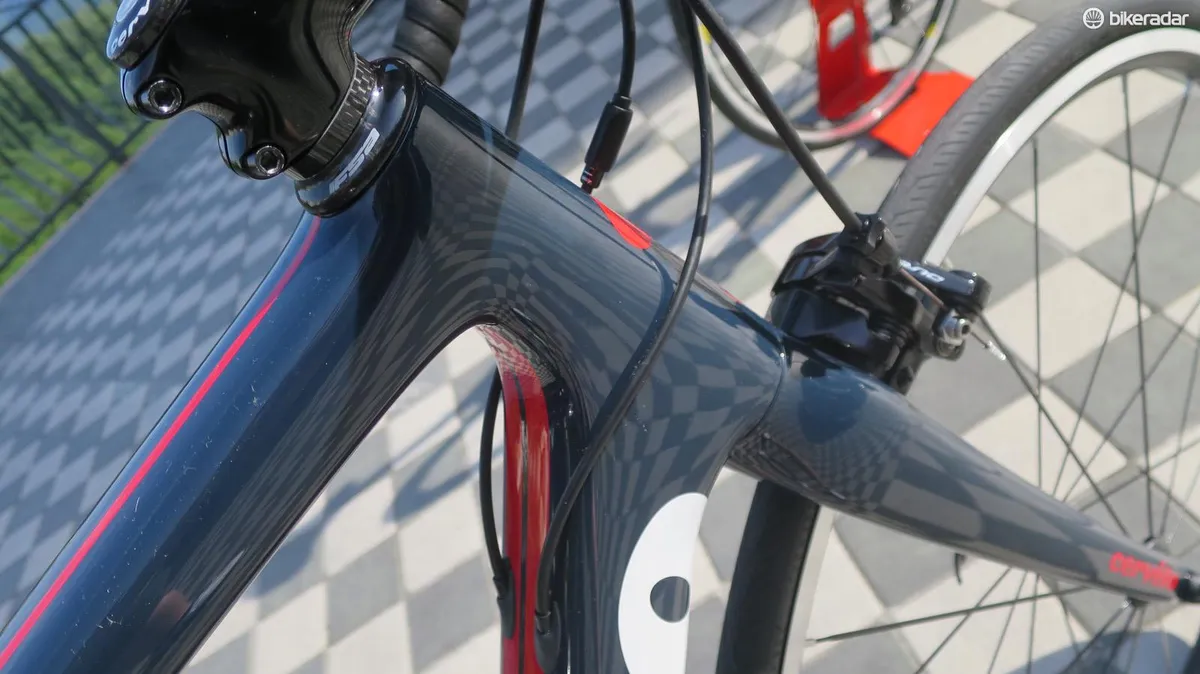
From working with the pro team Cervélo has revised the standard geometry as it was finding that the pros wanted to get a lower, more forward position and were effectively sizing down, which could have a negative effect on stability and handling. Cervélo started the transition to a new geometry standard with the revised S5 from 2015, where the stack was reduced across the sizes to allow for a lower position. So now Cervélo will give you a pro fit (long, low) on the S5 and R5, though the S5 is more aggressive.
The S3 and R3 have identical geometry (race fit), which is effectively the same geometry as the older R5 and S5. In actual numbers, the new R5 drops down 8mm from the R3. This is between the R3 and the S5, which meets the needs of both the team riders and what consumers want.
For geometry effects on handling, Cervélo has looked at trail, bottom bracket drop, wheelbase and chainstay length.
Simply put, more trail adds stability, less makes it quicker to steer, and the C, R, and S lines now all have distinct trail numbers. Bottom bracket drop has been reduced down to 72mm, and some of this change (-3mm) is down to the increase in tyre sizes, but the goal is also to slightly lower the centre of gravity to give the bike a more balanced feel through the corners.
Chainstay length is set at 410mm, front centre is 594mm (on a 56cm) with a wheelbase of 993mm, with the idea to create a balanced front and rear so that the bike feels nimble without becoming twitchy.
In simple terms it looks to us like the new R3 has basically replaced the old R5 in the way it’s shaped, and the new R5 has become more aggressive. That said, if you simply must have the new R5, but favour the original geometry, simply adding a 1cm spacer to the front of the new bike will put you back in pretty much the same position as before.
Stiffness and weight
Chief engineer Graham Strive explains that stiffness and weight are always the big concerns with any new R-Series, its hallmark. For the development, the engineering team did a "topological optimisation study", analysing the areas of the frame that experience the highest and lowest loads. With this they were able to investigate where the amount of material used could be reduced and where it needed to be increased.
"Through these studies we can then inform the frame design, so we know where to add material and strengthen the structure, and where we can afford to lose it. Only when we know this can we then look to shaping, adding aero features etc."
Squoval, now Squoval Max
Squoval tubing has been a key part of the R-Series story, but for the new R5 and R3, Cervélo has developed that original idea (the unique shape that blends a square tube profile with ovalized corners and curved sides, top and bottom – square and oval — squoval). Strive explains that "on this version we’ve gone after every single tube section, profile, and junction, maximizing the qualities of the structure in terms of weight, stiffness, and even aero"
R5 stiffness
At the head tube the figures are 127Nm/deg for the new model. The old R5 was 105, up 21 percent in torsional stiffness. At the bottom bracket Cervélo has moved up to 260Nm/deg from 230Nm/deg up 13 percent. The disc model moves to 124Nm/deg at the head tube (up 18 percent) and the BB is up to a massive 289Nm/deg (up 26 percent).
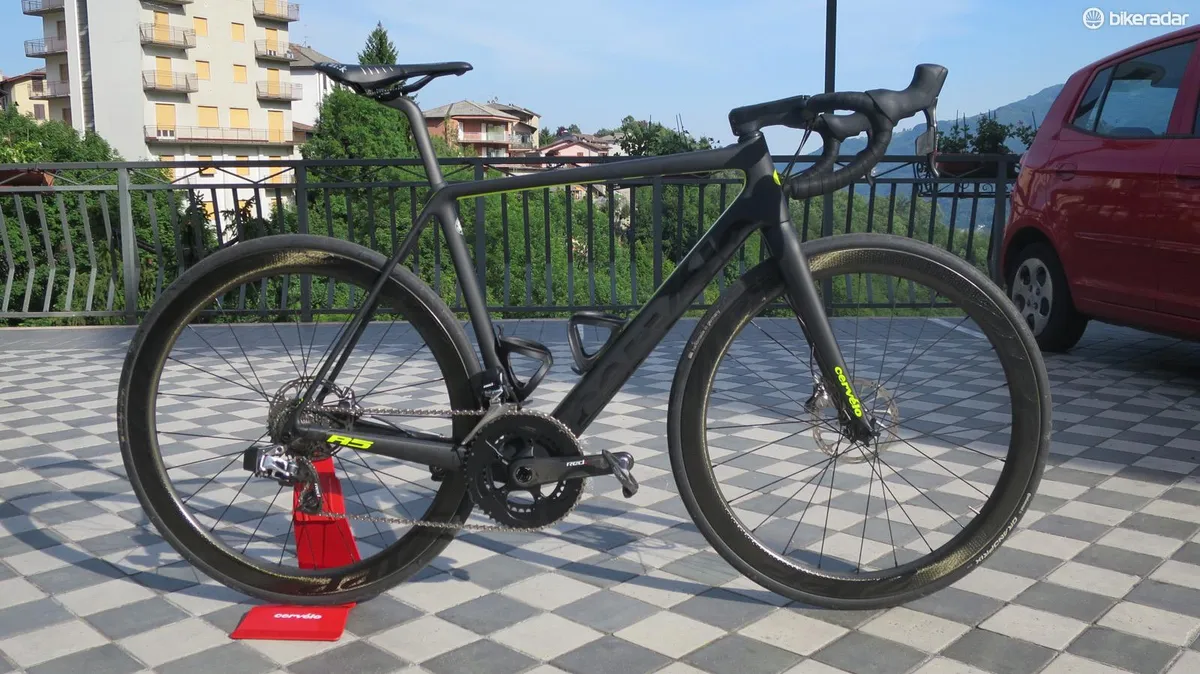
Weight wise, the previous R5 was really pushing the envelope with some wall thicknesses down to 0.8mm. Any thinner and the strength could be compromised, so the weight is pretty much unchanged at 850g for the rim brake version, and 831g for the disc model.
It's interesting to see that weight hasn’t become the major factor when it comes to the R5. Cervélo could have chased the super-light weight it pioneered in the ultra-limited 2016 RCA, with its still astonishing 667g frame weight. Strive tells us: "We could have chosen to chase weight losses, but after discussions and research, and that this is a 5 series product (that pros will ride), we think increasing torsional stiffness to improve the handling at speed and BB stiffness improving the response when climbing are key; weight is secondary."
R3 weight
The R3 has seen a much more aggressive weight loss campaign, with the 2016 R3 having a 1,018g frame matched to a 343g fork. On the new model the frame loses over 100g down to 916g (-10 percent). Conversely, however, the new fork gains 19g up to 362g from 343g. Cervélo tells us that’s down to the gains it's made on the way the bike handles. On the disc model it’s a similar story, with the frame now down to 890g (from 1,059g) and the fork rising to 388g from 349g.
Integrated Cervélo systems

The R5 uses a cable routing much like the aero-optimised S5, but the bar (on the top models) is a new aero one, and while it maintains the forward offset of the aero bar on the S5, it's not nearly as deep as the S5’s.
The bar's drop is based on the numbers of the classic Cinelli 66 bar, but Cervélo has played with a swept back top section, a super-tight bend into the forward section, and a 128mm drop/80mm reach.
It has forgone internal routing on the bar for weight savings (200g-209g), although it does have exit port holes for Di2. The bar is available in 38, 40, 42 and 44cm widths. Cervélo claims that the new design offers tangible benefits (around 30g/3 watts) in aero advantage over a round bar but offers more hand positions and comfort than the S5’s.
The stem matches the angle of the top tube for aesthetic harmony, which is further enhanced by the split matt/gloss finish. It also offers central routing with an exit port on the rear for Di2, S5-style. The faceplate takes a dedicated Bar Fly GPS mount, which can be adjusted for angle.
A carbon version of the stem also gets two top caps, a flush fitting super smooth look, and importantly a bike-fitting cap, which allows you to play with the stack height with spacers before committing to cutting the steerer. Stems come in 70mm to 130mm lengths (in 10mm increments) for carbon, and 80 to 130mm for aluminium.
Aero
Aero is never the main driver on the R Series, that's the S's department. But now, the R3 and R5 have their own aero advantages.
Cervélo has paid particular attention to cable routing and positioning, and the Squoval Max tube shapes perform better than the previous generation.
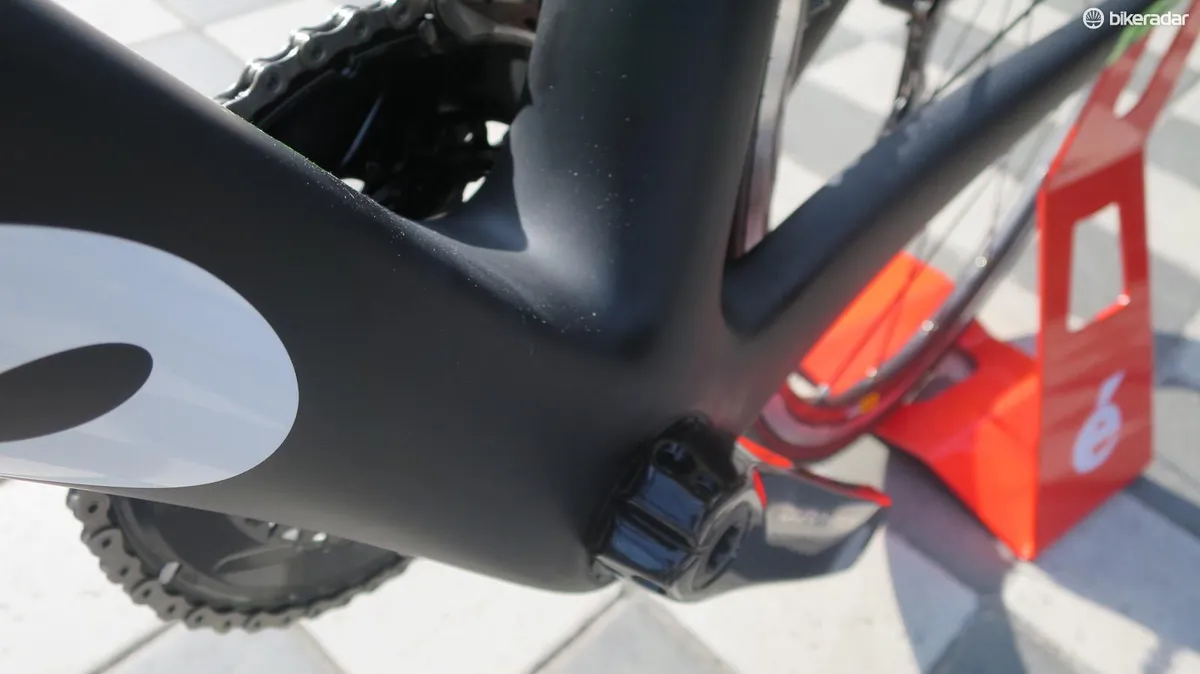
The fork leg shaping takes into account aero, as do the rear seat stays. All claim to outperform their predecessors, with the R3 shedding a few hundred grams of drag over the 2016 model, and the R5 a significant amount more.
Cervélo R5 disc
Discs debut for the first time on the 5 series, and whilst we’ve already mentioned how the weight and stiffness figures stack up, the details in the R5 design bear mentioning.
The integration of the flat mounts both front and rear is beautifully minimal, and Cervélo has retained its unique self-centring rear mech mount, wherein the hanger is sandwiched between two threaded sections on the thru-axle dropout to maintain perfect alignment.
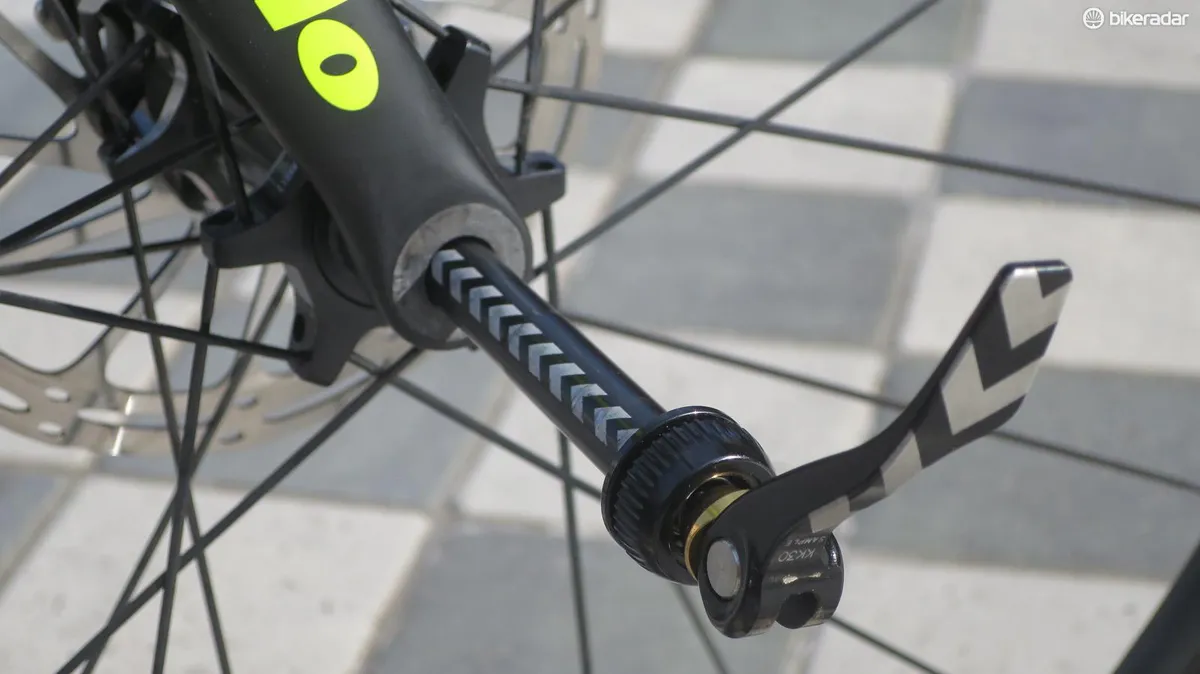
The second is the brand's adaptation of Focus’s brilliant RAT thru-axle system. The fast-release design with a T-bar end and quarter-turn lock/unlock action is among the best.
Cervélo has taken the RAT, reworked the adjusting nut to make it a little more minimal, and changed the design of the threaded base (which the T-bar locks into). It has also changed the location of the spring, to give a little more resistance.
Finally, Cervélo has added graphics to the axle itself, so it's now pretty much idiot proof to fit and release. Sadly, it didn’t have a disc model in my size to try out, but the bike looks impressive and the adaptations from the standard brake model are in keeping with the minimalist, clean aesthetic.
Cervélo R5 and R3 disc range and pricing
- R5 Dura Ace Di2 (9150): $9,000 / €8,499 / £7,199
- R5 RED eTap: $9,000 / €8,499 / £7,199
- R5 Dura Ace (9100): $7,000 / €6,499 / £5,499
- R5 Ultegra (R8000): $4,500 / €4,299 / £3,699
- R5 Frameset: $3,800 / €3,299 / £3,299
- R5 Disc Dura Ace Di2 (9170): $9,000 / €8,499 / £7,199
- R5 Disc RED eTap: $9,000 / €8,499 / £7,199
- R5 DiscFrameset: $3,800 / €3,799 / £3,299
All available in store from 8th June apart from Dura-Ace Di2 and Dura-Ace Di2 disc due to Shimano delays
- R3 Dura Ace (9100): $5,000 / €4,799 / £3,999
- R3 Ultegra Di2 (R8050): $4,700 / €4,499 / £3,899
- R3 Ultegra (R8000): $3,700 / €3,499 / £2,999
- R3 Frameset: $2,800 / €2,499 / £2,199
- R3 Disc Ultegra Di2 (R8070): $5,200 / €4,999 / £4,299
- R3 Disc Ultegra (R8020): $4,200 / €3,999 / £3,399
- R3 Disc Frameset: $2,800 / €2,499 / £2,199
Expected availability: October
